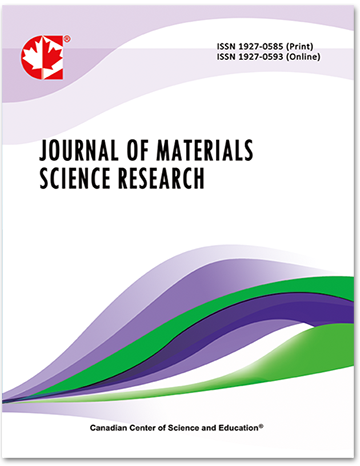Complexes of Th(IV), Zr(IV) and V(IV) with Norfloxacin: Synthesis, Spectroscopic, Thermal, Kinetic Measurements and Antimicrobial Evaluation
- Abdel Majid A. Adam
Abstract
M(IV) complexes of thorium, zirconium, and vanadium with norfloxacin were synthesized and characterized with physical and spectroscopic techniques, including elemental analysis (C,H,N), IR, electronic, 1H NMR spectral methods, as well as thermogravimetric (TG) and differential thermogravimetric (DTG) analyses. Based on these studies, the proposed structure of the obtained complexes are [Th(NFX)2Cl4], [Zr(NFX)2Cl2]Cl2 and [VO(NFX)2]SO4 (where, NFX: norfloxacin). In all complexes, norfloxacin acts as a bidentate deprotonated ligand bound to the metal through the pyridone and one carboxylate oxygen atoms, forming eight, six, five atoms ring with Th (IV), Zr(IV) and V(IV) metal ions, respectively. The kinetic thermodynamic parameters, such as, activation energy, E*, enthalpy, DH*, entropy, DS*, and Gibbs free energy, DG*, have been calculated from the TG and DTG curves, using Coats-Redfern and Horowitz-Metzger methods. Norfloxacin as well as their metal complexes were also evaluated for their antibacterial activity against several bacterial species, such as Bacillus subtilis, Pseudomonas aeruginosa (P. aeruginosa), and Escherichia coli (E. coli) and antifungal screening was studied against three species: Aspergills flavus, Fusarium solani, and Penicillium verrcosum (P. verrcosum). The results show significant increase in antibacterial and antifungal activity of metal complexes as compared to the NFX itself.- Full Text:
 PDF
PDF
- DOI:10.5539/jmsr.v1n1p167
Journal Metrics
Impact Factor 2022 (by WJCI): 0.583
Google-based Impact Factor (2021): 0.52
h-index (December 2021): 22
i10-index (December 2021): 74
h5-index (December 2021): N/A
h5-median (December 2021): N/A
Index
- CAS (American Chemical Society)
- CNKI Scholar
- Elektronische Zeitschriftenbibliothek (EZB)
- EuroPub Database
- Excellence in Research for Australia (ERA)
- Google Scholar
- Infotrieve
- JournalTOCs
- LOCKSS
- NewJour
- PKP Open Archives Harvester
- Qualis/CAPES
- SHERPA/RoMEO
- Standard Periodical Directory
- Universe Digital Library
- WJCI Report
- WorldCat
Contact
- John MartinEditorial Assistant
- jmsr@ccsenet.org
